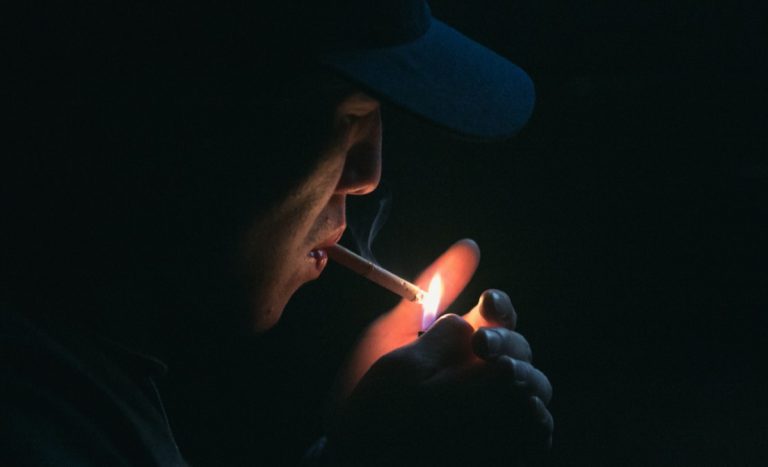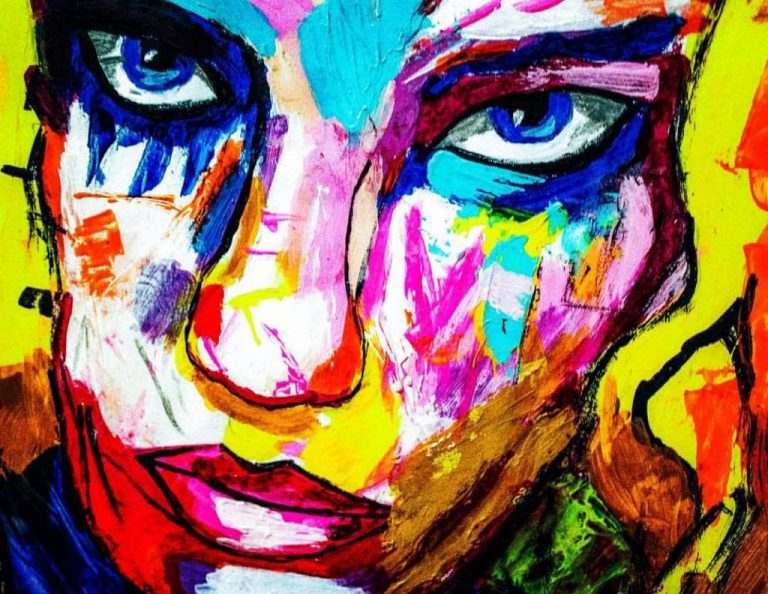Locked down and not the migrant worker
It seems that time has come to a standstill; there is no going forward, no moving back. We are stuck inside a bubble. The entire country is stuck in this bubble impervious to the passage of time, a predicament that doesn’t distinguish between a billionaire and a daily wage earner- the migrant worker most of the time. Is there a way out of it? Doubts loom large. The final cost can be heavy with a premonition of becoming heavier and even unbearable for many.
So far, the COVID-19 pandemic has claimed more than 30,000 lives across the world and continues to proceed on a steady growth path. The number of total cases reported in India has crossed the 3,000 marks, with 77 deaths reported.
While the predictions of a rapid increase in the overall figures are alarming, equally concerning is the scene that greets us almost every morning of thousands stranded on the roads – desperately trying to find their way back towards their respective homes.
The alarming figures
According to the 2011 census report, 45.36 crore Indians, that almost 37 percent of the country’s total population, are migrant workers – forced by their livelihood to live in a place that is different from their source. A large number of migrants around the country work as daily wage labourers in different states. An overall 60 million of those are settled in metropolises like Mumbai, Kolkata, Hyderabad, Chennai, Delhi, and Bengaluru. Uttar Pradesh – the state that records the highest population in the country, contributes to 33 percent of the overall figures, while another 15 percent hail from Bihar.
With the Prime Minister announcing a nationwide lockdown on the night of 24th March, the country’s migrant laborers were left with less than four hours to get their things together and go for their respective homes. As a result, chaos reigned, with the individual states running against time to ensure the safekeeping of their valuable human resources.
A report published in South China Morning Post back in January reveals that approximately five million people fled Wuhan province in the wake of the COVID-19 pandemic before the announcement of a lockdown. This huge population later emerged as the primary infection source in other Chinese cities. Making the worst fears a reality, the outbreak coincided with the Lunar New Year holidays in China, during which the people of China made close to 3 billion trips around the world, thus allowing the virus to spread to other European countries.
If the announcement made in India was meant to stop people from traveling to other states, the state should have taken steps to ensure the means of survival for those 60 million migrant workers across India. Instead, the scene that greeted us was not something that any country fighting a deadly disease would want to see.
The sudden job loss
The sudden lockdown meant that productivity came to an abrupt halt. A huge chunk of the migrant population is employed in the construction sector as helpers and masons because of the requirement of the large labor force in the industry. The migrant workers also find employment in brick factories, textile industries, restaurants, hospitality industries, as well as in households as maids and drivers.
Food and shelter, the migrant workers had none
With most of these industries being shut down as a result of the recent move by the government, those daily wage earners haven’t been able to get salaries. Their miseries compounded when unsympathetic landlords decided to evict those tenants who failed to pay their rents.
The walk towards salvation
What followed over the next few days was something extraordinary and unprecedented. Thousands of workers started walking towards home as they were left with no alternatives due to the sudden lockdown. A report published in The Telegraph stated that at least three lakh migrant workers were left stranded in Noida and Ghaziabad as they were denied entry by Uttar Pradesh police. Among those stranded were women and children who had no other option but to sit down in the middle of the road, left with no food or money.
The Yogi Adityanath government had earlier arranged for 1,000 buses to carry their people home, but it wasn’t going to be enough. How could it be? The police in Kanpur’s Naubasta area stopped a bus for interrogation on the night of 29th March. Inside the bus were 120 persons with another 100 seated on the roof. The bus had a carrying capacity of 40-50. They had all traveled 100s of kilometers to reach their homes in Uttar Pradesh.
This, in fact, wasn’t an isolated scene as many of such suffocating moments were caught on the cameras of journalists. These were then sent to their respective media houses where some of India’s topmost anchors analyzed and dissected them – some bashing those poor souls for their insensitivity towards the Prime Minister’s directives and some focusing on the actual issue.
Saving faces
Days before the Union Home Minister asked the state governments to ensure steps to prevent mass exodus, states such as Kerala had thought about opening relief camps to give shelter to those in need. The Kerala chief minister Pinarayi Vijayan announced on 27th March that the state had opened 4,603 relief camps to house 1,44,145 migrant laborers.
The Delhi government announced that it would be converting schools in the Ghazipur area into night shelters in an attempt to provide shelters to those walking their way back home. The chief minister Arvind Kejriwal issued a message to the migrant workers asking them not to leave the capital and assured them that the state had ensured sufficient arrangements for them.
The tip of an iceberg
Countries such as Italy, Spain, and the United States have seen a surge in the number of overall casualties over the last few weeks, with Italy being the worst hit, reporting over 14,000 deaths. Attempts are no doubt being made to prevent a repetition of what has happened in Italy and Spain. But questions remain whether we have done enough. In a country as densely populated as India, with its diverse demography, the effects of such a pandemic can be devastating. The infrastructures available are not adequate to cope with a viral disease, which spreads with the rapidity of the proverbial wildfire and is at present without an antidote. The economies are going to suffer, and job losses can be on the rise.
The least that we the ordinary people can do is to be empathetic towards others, develop scientific awareness of the disease and our daily lives, be conscious and responsible citizens of our country and maintain a positive mindset for things to get better in the near future.
Featured Image Credits: Needpix









Readers' Reviews (2 replies)